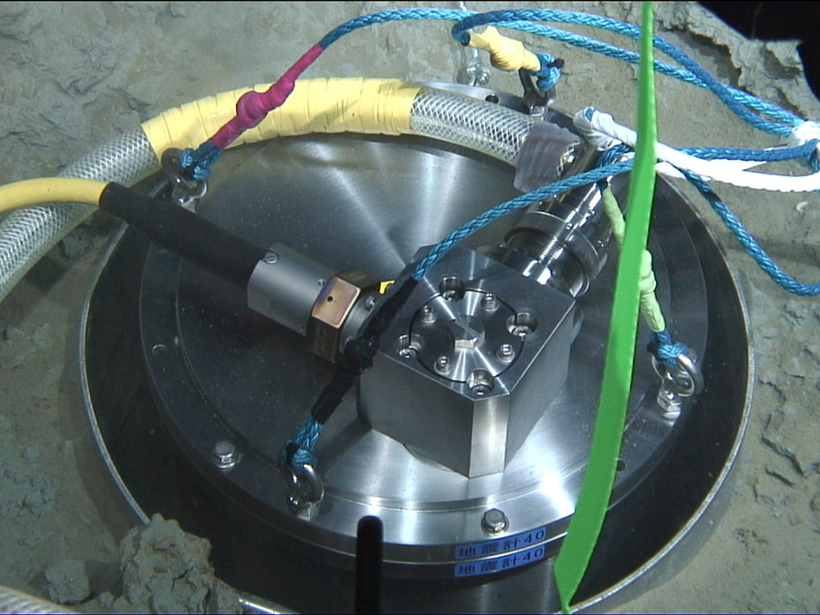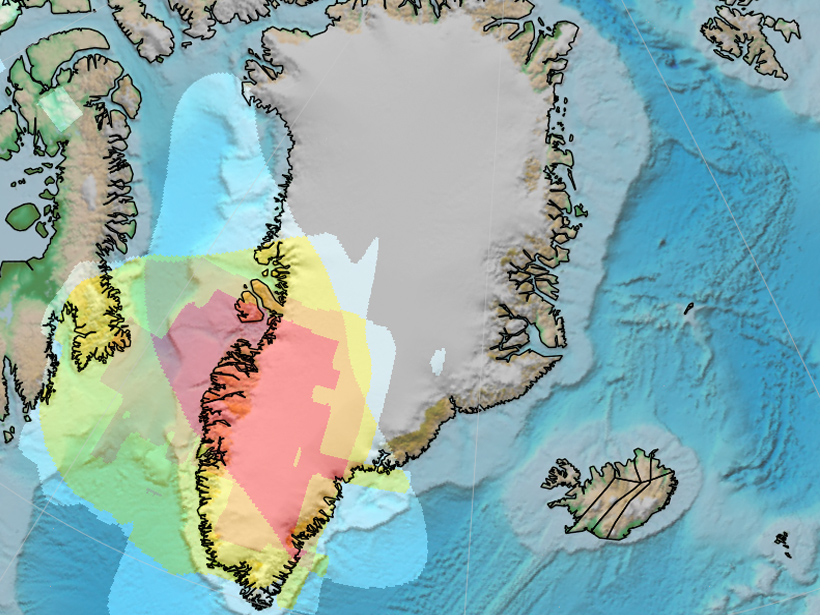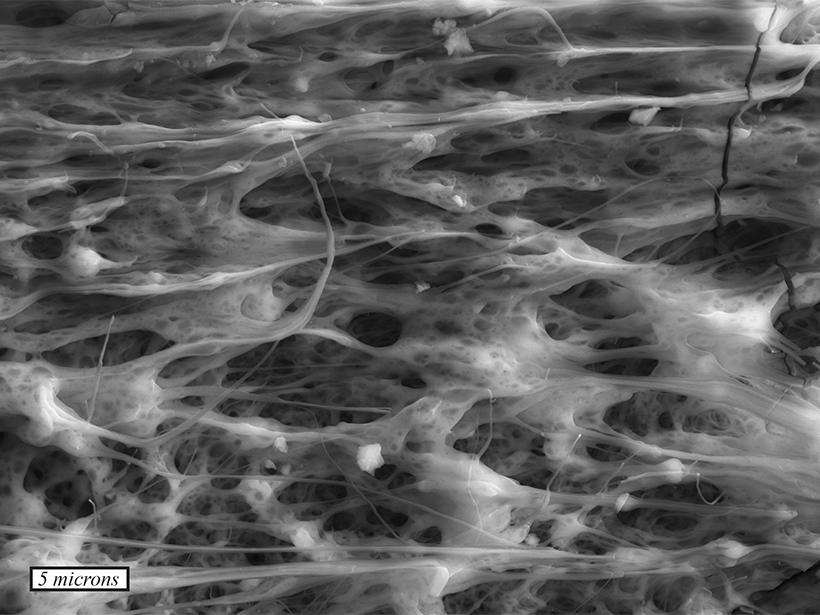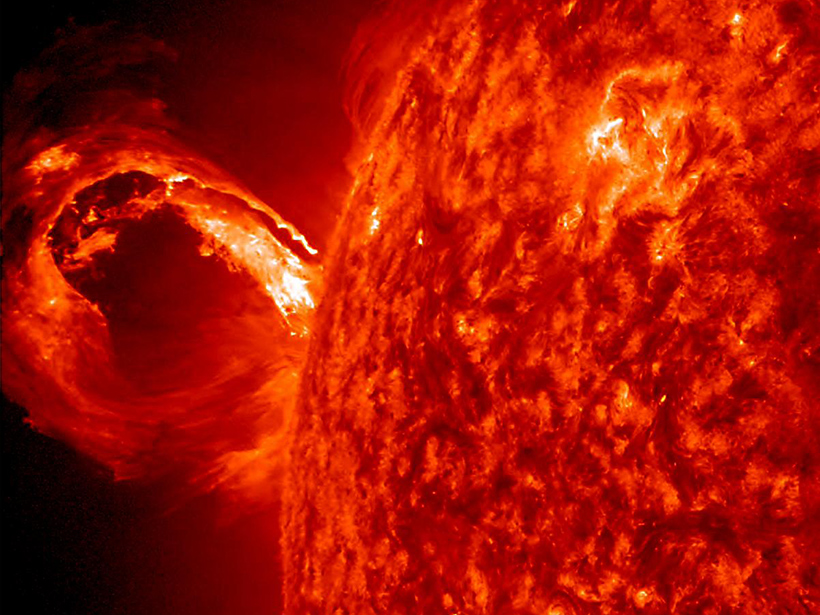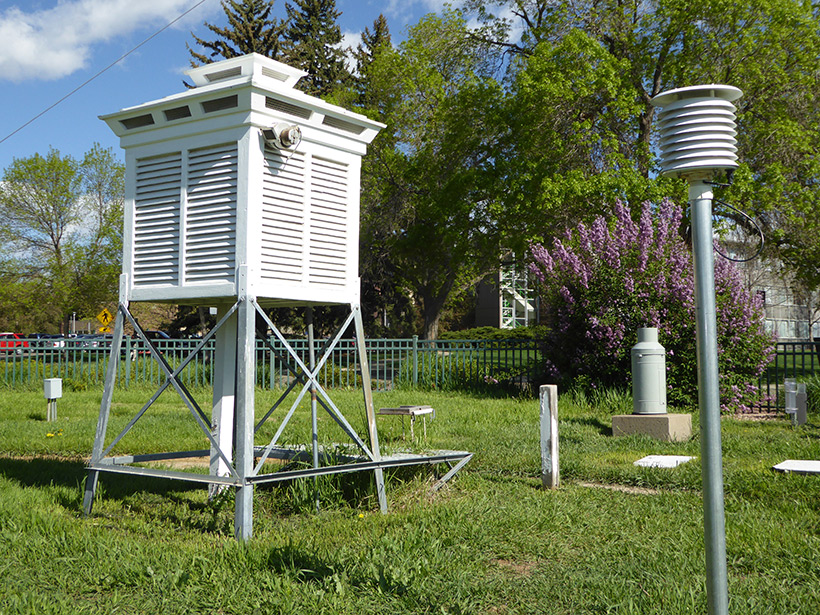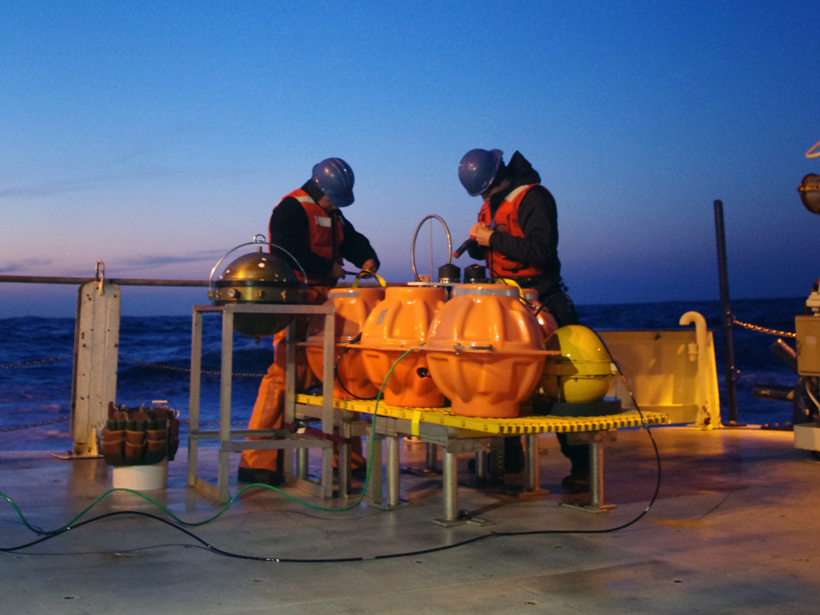Your data are no less important than your words.
CC BY-NC-ND 2016
Ocean Floor Networks Capture Low-Frequency Earthquake Event
Last August, stations on a newly deployed permanent ocean floor observation network recorded rarely seen, very low frequency signals from shallow earthquakes.
Storms Cause Infrequent Turbulence for Aircraft, New Study Finds
Scientists using lightning sensors to automate air-turbulence detection have found evidence that storms jostle aircraft much less than previously thought.
Evidence of an Extinct Ocean Basin Detected Beneath Greenland
An analysis of a seismic and gravity anomaly discovered in the middle mantle sheds new light on ancient oceans, the mantle's evolution, and ancient magmatism in the Arctic.
How on Earth to Decide Where on Mars to Land?
The Public Lecture at AGU's 2016 Fall Meeting will feature three experts—including one still in high school—to discuss landing site selection for the Mars 2020 rover.
Pluto's Interactions with the Solar Wind Are Unique
Space physicists say that Pluto's atmosphere interacts with the solar wind in a never-before-seen hybrid way, one that's both comet-like and planet-like.
Flash Heating May Lubricate Rubbing Rock Faces in Earthquakes
A new laboratory study examines the small-scale physics at play as two pieces of granite are smashed together in a scaled-down version of a real earthquake.
Did Solar Flares Cook Up Life on Earth?
Scientists have found that "super" solar flares could have warmed the ancient planet and jump-started life.
Toward a Reassessment of Daily Temperature Range Trends
To reduce the uncertainty associated with this important climate change index, recent studies have developed a new diurnal temperature range data set and compared the results to previous estimates.
Streamlining Rapid Tsunami Forecasting
With enough sensors, traditional forecasting methods could be replaced by models continuously updated with real-time wave data.


